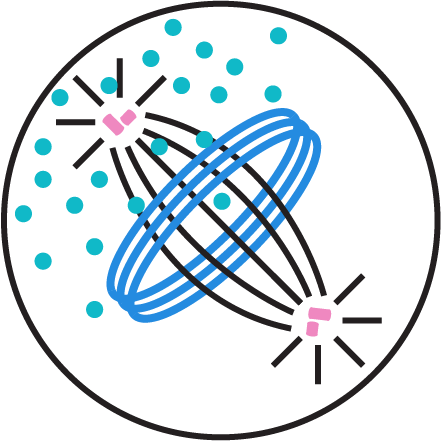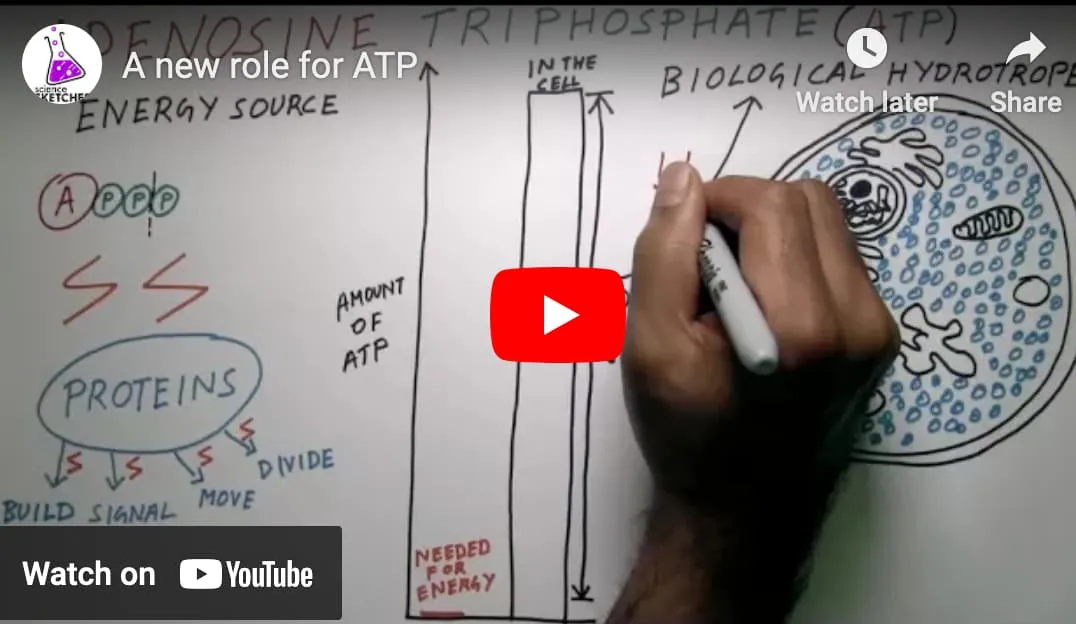Our latest publication, in collaboration with Yamuna Krishnan in Chicago, is out today in Science! In this work, we show that ATP can act as a biological hydrotrope, keeping proteins soluble. Hydrotropes are amphiphilic small molecules that solubilize hydrophobic molecules in aqueous solutions. While ATP is most commonly known as the energy source for cells, there is ~100 times more ATP in the cell than it needs for energy-related purposes. We show that at this high physiological concentration, ATP can act as a hydrotrope, both preventing the formation of and dissolving previously formed protein aggregates. This has interesting implications for aggregation associated with age-related neurodegenerative diseases, as the levels of ATP in cells decline with age. Read the full paper in Science and watch our video abstract at sciencesketches.org! You can also read a perspective on our paper by Allyson Rice and Mike Rosen in the same issue of Science.
ATP as a biological hydrotrope Avinash Patel*, Liliana Malinovska*, Shambaditya Saha, Jie Wang, Simon Alberti, Yamuna Krishnan#, Anthony A Hyman# Science. 2017 May 18;356(6339):753-756. (links to free Full Text & PDF versions can be found on our Publications Page)
* first authors # corresponding authors

